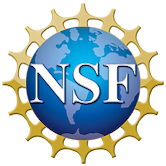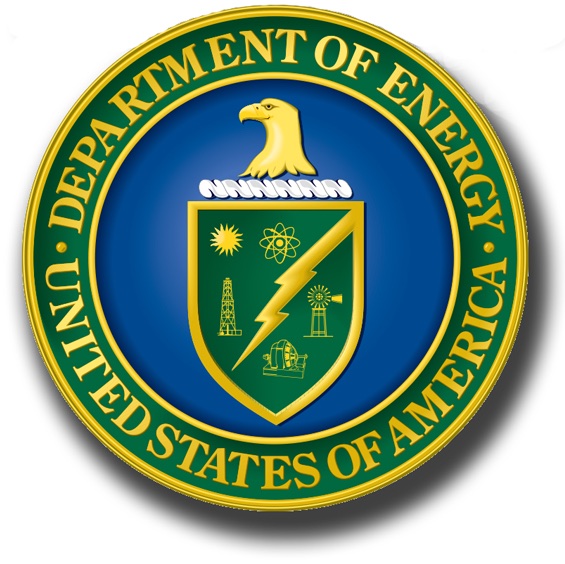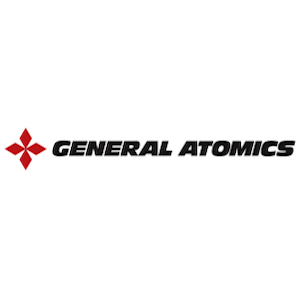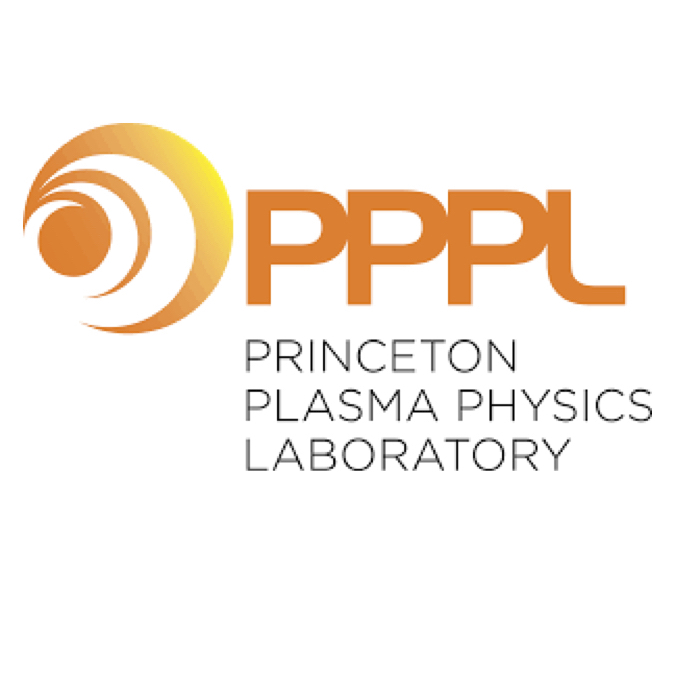Overview of Physics Results from the National Spherical Torus Experiment
S.A. Sabbagh, (E. Schuster), et al. (Collaboration Paper)
IAEA Fusion Energy Conference
San Diego, California, USA, October 8-13, 2012
|
Abstract
|

|
Research on the National Spherical Torus Experiment, NSTX, targets
physics understanding needed for extrapolation to a steady-state ST
Fusion Nuclear Science Facility, pilot plant, or DEMO. The unique ST
operational space is leveraged to test physics theories for next-step
tokamak operation, including ITER. Present research also examines
implications for the coming device upgrade, NSTX-U. A \tua_E scaling
appropriate for varied wall conditions exhibits a strong improvement of
B_T\tua_E with decreased electron collisionality produced by lithium
(Li) wall conditioning. Nonlinear microtearing simulations match
experimental electron diffusivity quantitatively and predict reduced
electron heat transport at lower collisionality. Beam-emission
spectroscopy measurements indicate the poloidal correlation length of
pedestal turbulence ~10\rho_i increases at higher electron density
gradient and lower Ti gradient. Plasma characteristics change nearly
continuously with increasing Li evaporation and ELMs stabilize due to
edge density gradient alteration. Global mode stability studies show
stabilizing resonant kinetic effects are enhanced at lower
collisionality. Combined radial and poloidal field sensor feedback
controlled n = 1 perturbations and improved stability. The disruption
probability due to unstable RWMs is reduced at high \beta_N/li > 11
consistent with low frequency MHD spectroscopy measurements of mode
stability. Greater instability seen at intermediate beta_N is
consistent with decreased kinetic RWM stabilization. A model-based RWM
state-space controller produced long-pulse discharges exceeding N = 6.4
and beta_N/li = 13. Precursor analysis shows 98% of disruptions can be
predicted with 10ms warning and a false positive rate of only 6%.
Disruption halo currents rotate toroidally and can have significant
toroidal asymmetry. Global kinks cause measured fast ion redistribution.
Full-orbit calculations show redistribution from the core outward and
toward V||/V = 1 where destabilizing CAE resonances are expected.
Applied 3D fields alter GAE characteristics. The snowflake divertor
configuration enhanced by radiative detachment shows large reductions
in both steady- state and ELM heat fluxes (steady-state peak values
down from 7 MW/m2 to less than 1 MW/m2). Toroidal asymmetry of heat
deposition is observed during ELMs or by 3D fields. Coaxial helicity
injection has reduced the inductive startup flux, with plasmas ramped
to 1MA requiring 35% less inductive flux. Non-inductive current fraction
(NICF) up to 65% is reached experimentally with NBI at Ip = 0.7 MA and
between 70 – 100% with high harmonic fast wave application at Ip = 0.3 MA.
NSTX-U scenario development calculations project 100% NICF for a large
range of 0.6 < Ip (MA) < 1.35.








